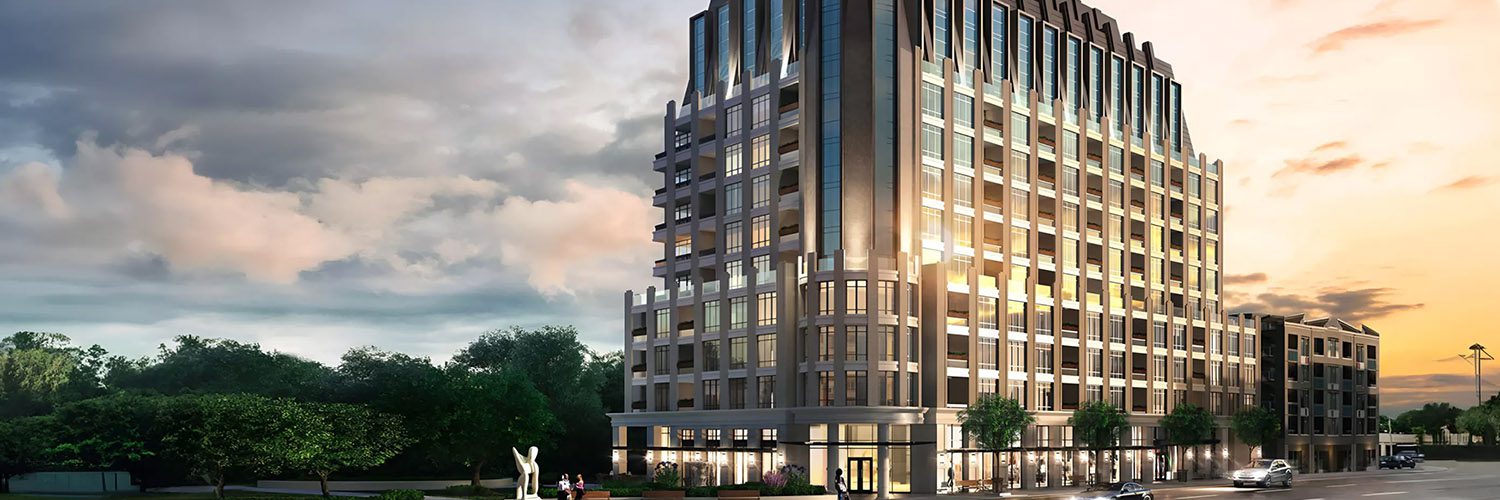Mitrex
In a world where every ray of sunlight is a story of potential — Mitrex’s architectural solar facades are the authors of a brighter, greener future.
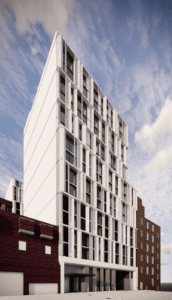
Mitrex BIPV facades do not just replace building envelopes; they are canvases of innovation incorporating solar technology, capturing sunlight to fuel a sustainable tomorrow.
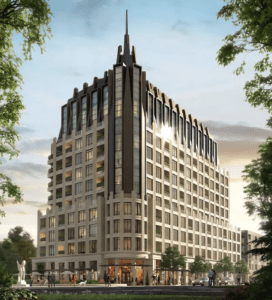
Envision a building that’s not just a structure, but a powerhouse of energy. Mitrex BIPV facades are the embodiment of this idea, merging the elegance of architectural design with the efficiency of solar panels.
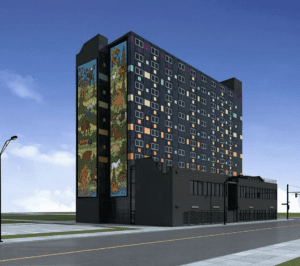
These facades transform your building envelope into a source of energy, customizable to any design or color you can dream of. Mitrex obtains its color by a process called Mineral etching. This permanently bakes your design into the glass of the panel. Mitrex works hand and hand with the architect to ensure that color and design don’t get in the way of an optimized energy performance.
As the world’s largest sustainable facade manufacturer, Mitrex is not just building products; They’re crafting a future where energy generation is built into our infrastructure. Mitrex is committed to producing the best products to help you transform your building.

Mitrex also offers Solar railing and Solar glass.
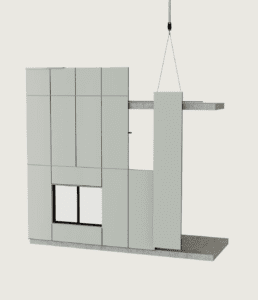
Cladify Before solar facades, Mitrex produced large unitized “mega panels” for skyscrapers and large projects. Mitrex now has the capabilities to produce not only the solar facade, but match that facade in a pre panelized system wherever solar is not feasible.
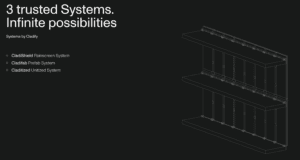
Mitrex offers three mega panel solutions – CladiFab, Claditized, and Cladishield.
